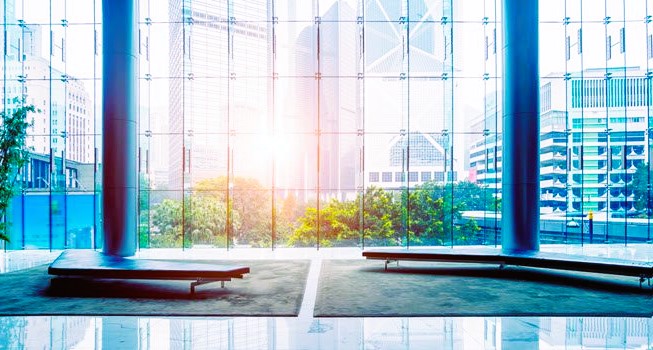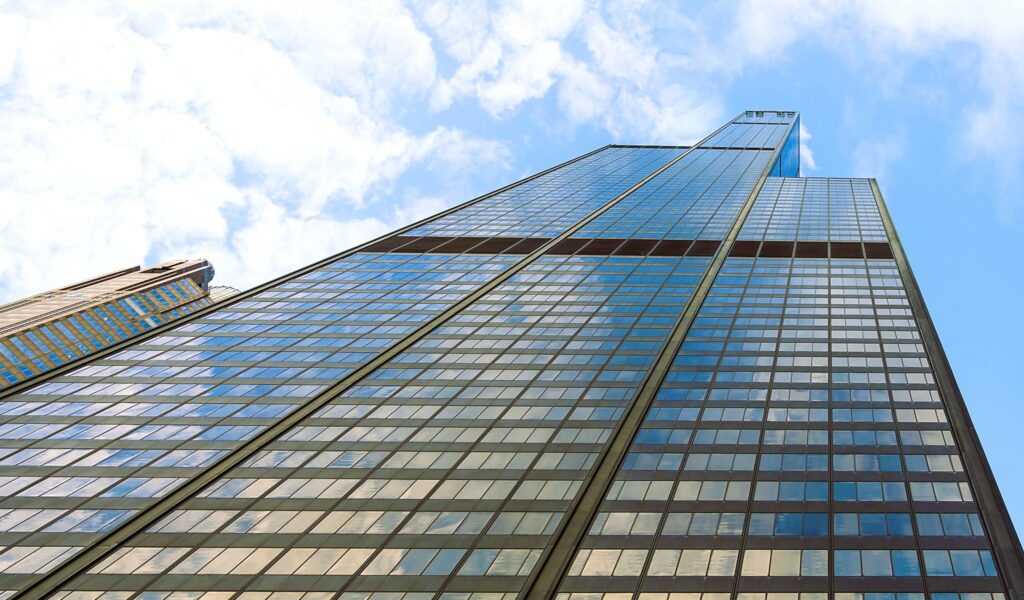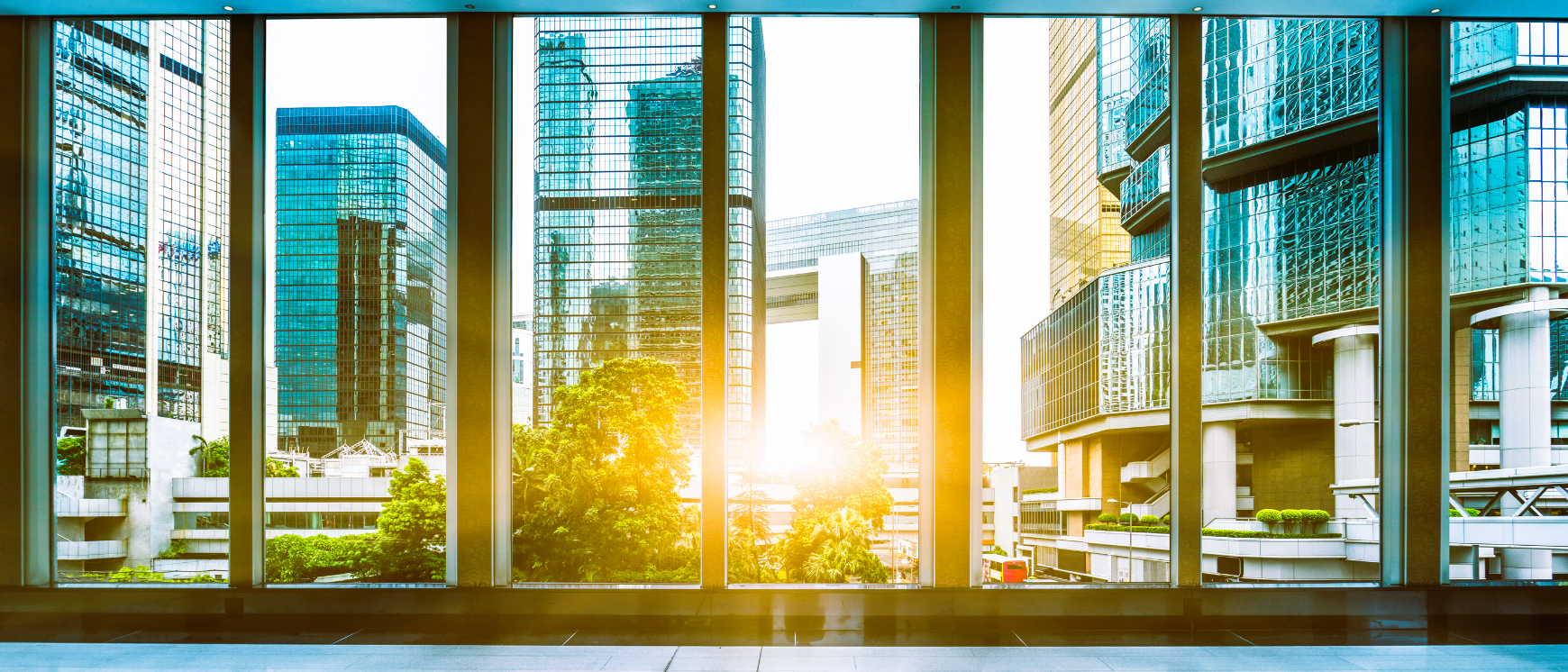As sustainability becomes increasingly important in the construction industry, architects, builders, and developers are seeking ways to incorporate environmentally friendly materials and practices into their projects. LEED (Leadership in Energy and Environmental Design) certification has emerged as a widely recognized standard for green building, guiding professionals in designing and constructing buildings that are energy-efficient, resource-efficient, and environmentally responsible. Glass, as a versatile and essential building material, plays a crucial role in achieving LEED certification and shaping the design of sustainable buildings. In this article, we will explore the significance of glass in LEED certification and how green building standards influence architectural design.
Understanding LEED Certification
LEED is a rating system developed by the U.S. Green Building Council (USGBC) to evaluate the environmental performance of buildings and encourage sustainable design practices. Projects seeking LEED certification are assessed based on various criteria, including energy efficiency, water conservation, indoor environmental quality, materials selection, and sustainable site development. By meeting specific requirements and earning points in each category, buildings can achieve different levels of LEED certification, ranging from Certified to Platinum.
The Importance of Glass in LEED Certification

Glass is a fundamental component of building design, allowing natural light to enter interior spaces, providing views to the outside, and enhancing the aesthetic appeal of architectural structures. However, the selection and use of glass can significantly impact a building’s energy performance and environmental footprint, making it a crucial consideration for LEED certification.
Energy Efficiency and Daylighting
One of the key factors influencing LEED certification is energy efficiency, and glass plays a vital role in reducing a building’s energy consumption. Energy-efficient glazing systems, such as low-emissivity (low-E) coatings, insulated glass units (IGUs), and spectrally selective coatings, help minimize heat transfer, control solar heat gain, and improve thermal insulation. By maximizing daylight penetration while minimizing heat gain and loss, these glazing solutions contribute to reduced reliance on artificial lighting and heating, resulting in lower energy usage and operational costs. Interested in interior design? Read our article about Glass canopies.
Material Selection and Sustainability
LEED places a strong emphasis on materials selection and encourages the use of environmentally friendly building materials with low environmental impact. When it comes to glass, architects and designers have a wide range of options, including recycled glass, low-iron glass, and laminated glass with interlayers made from sustainable materials. By choosing glass products with high recycled content and eco-friendly manufacturing processes, project teams can earn LEED credits for sustainable materials and resource conservation.
Indoor Environmental Quality

In addition to energy performance and material sustainability, LEED also evaluates indoor environmental quality (IEQ), focusing on factors such as daylighting, views to the outdoors, and occupant comfort. Glass plays a crucial role in enhancing IEQ by allowing natural light to enter interior spaces, improving visual comfort, and connecting occupants with the surrounding environment. By incorporating ample glazing with optimized daylighting strategies, architects can create healthier and more productive indoor environments, which are essential for achieving LEED certification.
Conclusion
Glass is not only a functional building material but also a critical component of sustainable design and LEED certification. By selecting energy-efficient glazing systems, prioritizing material sustainability, and enhancing indoor environmental quality, architects and developers can create buildings that are not only environmentally responsible but also aesthetically pleasing, comfortable, and conducive to occupant well-being. As green building standards continue to evolve, the role of glass in achieving LEED certification will remain integral to the design and construction of sustainable buildings.
For more information on LEED certification and green building standards, please visit Wikipedia.

